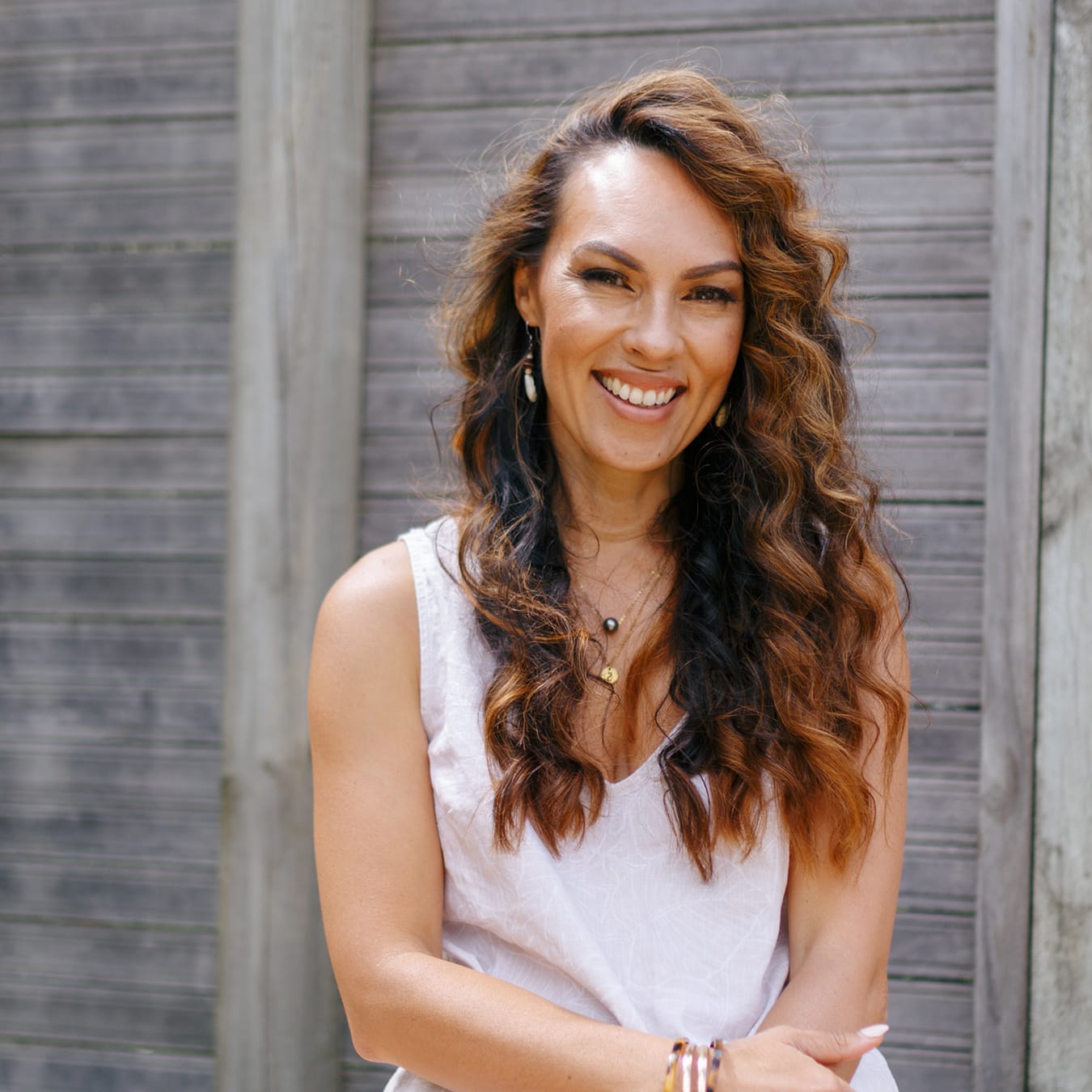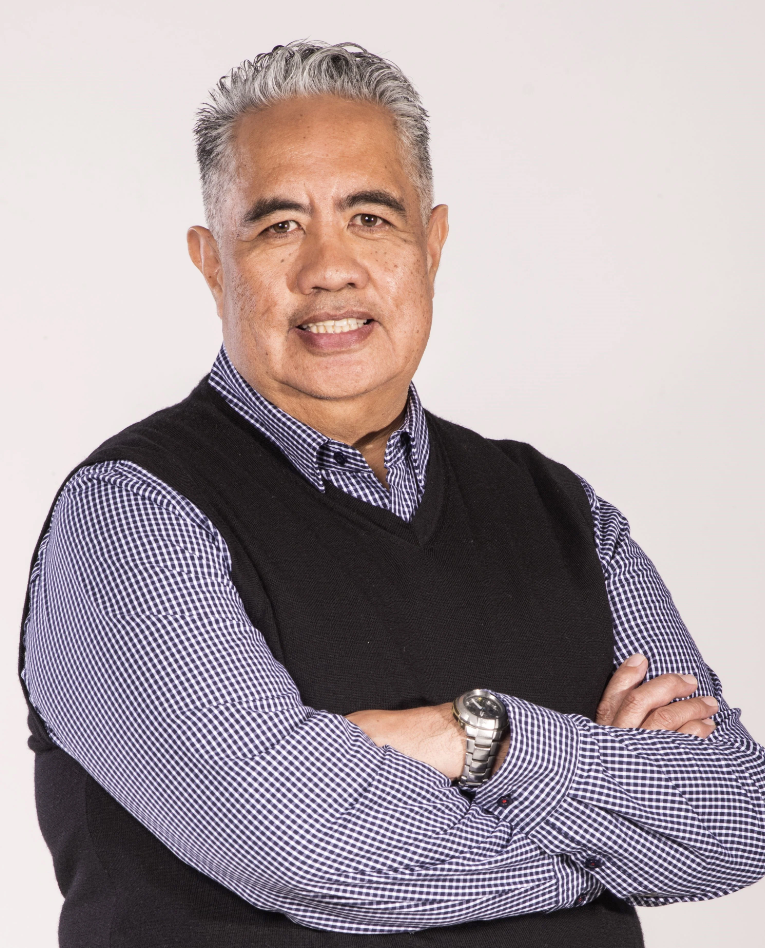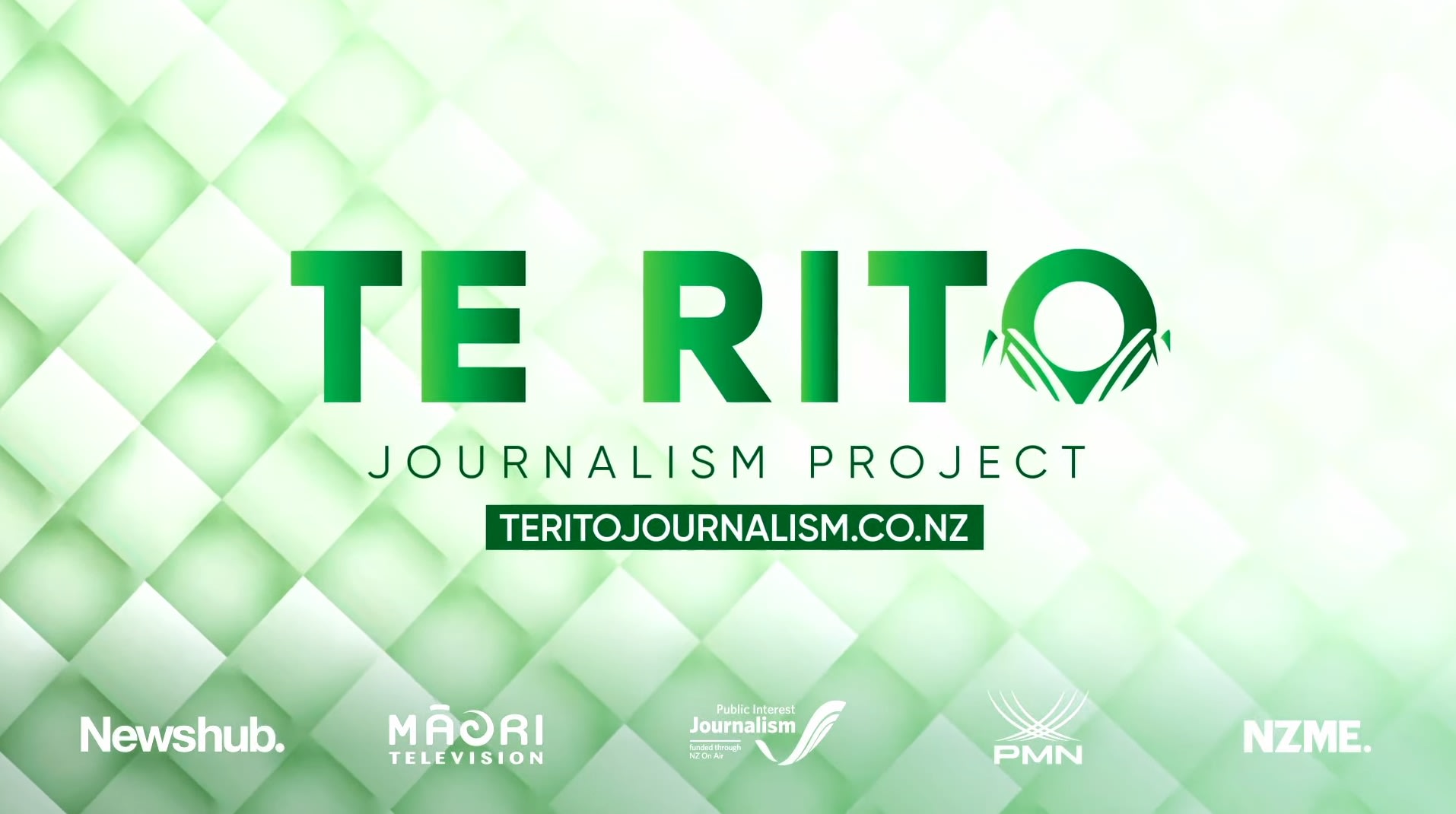All trained up and nowhere to write

In 2021 the Public Interest Journalism Fund launched the Te Rito Journalism project, a $2.4 million initiative to boost diversity in New Zealand’s newsrooms.
The initiative was in response to the decades-long shortage of Māori and Pacific journalists in the media industry.
It was billed as New Zealand’s first “groundbreaking diverse voices cadetship scheme”, bringing in four media companies: NZME, Newshub, Whakaata Māori and Pacific Media Network to “identify, train, develop and hire” 25 cadet journalists.
The cadetship managed to roll out two year-long programmes, with the second cohort holding their graduation last month at NZME.
However as Newshub prepares to cease its news operations and TVNZ cuts local programming – is it still possible to make room in mainstream newsrooms for diverse voices?
Susana Guttenbeil, the general manager of content at Pacific Media Network and a former journalist, is optimistic.
“It has been short – it’s two years the cohort but I think really successful,” she says.

“So of the two years there were roughly about 34 people who completed the programme and about 12 of those were Pacific and so we talk about the 1.8 percent of Pacific journalists that make up the journalism industry here in New Zealand and we like to think those 12 people have now upped that to 2 percent or more.”
More than 8 percent of New Zealand’s population identifies as being of Pacific origin.
But have they all secured roles?
“As far as the last year’s cohort is concerned I believe the majority of them have,” Guttenbeil says.
“And in this year’s cohort I think one person has moved to Australia and is currently looking for work but as I understand it there are a few opportunities that have just popped up recently for those cadets who are looking for work.”
So not really an unequivocal yes.
Guttenbeil adds that before the emergence of the PIJF, the Pacific Media Network has long supported Pacific journalism – it’s part of their trust deed. However, she says it’s “hard not to get mad” when bigger media outlets such as ABC poach their rising stars.
John Utanga, the producer and editor of New Zealand’s long-running Pacific current affairs show Tagata Pasifika says storytelling within mainstream media performs within a very “rigid structure” which may have put off indigenous storytellers from joining the industry.
“That’s why we go to journo school, that’s why we do all these communications degrees to bend our stories to the will of the structure that newsrooms around the country have been used to.”
However, Utanga believes the structure has loosened a little thanks to social media.
“Now, you can tell your own stories in the way that you like it in a format that’s readily digestible,” he said.
As for story sovereignty – should stories and issues pertaining to Pasifika communities be reported only by Pasifika people?
Not necessarily, Utanga reckons.
“At the end of the day it comes down to how informed a person is about an issue and in a perfect world, yes, a Pacific person with the right skill set and the right depth of knowledge would, you think, produce a story that would work at the time.

“But that’s not to say that other journalists can’t do it.”
Guttenbeil says newsrooms should do thorough checks before running a Pasifika-related story should there be no Pacific reporters.
“As we’ve seen recently, with Teremoana Rapley, we see these stories that go out that are quite hurtful to people when their mana isn’t restored in the way that they intended the story to be told,” she says.
Award-winning musician Teremoana Rapley opened up to the Sunday Star Times about her life, and revealed she was living with inoperable brain cancer. However when other media picked the story up, her cancer was the headline. She later told Pacific Media Network she was disgusted by the media hyping her illness for clicks.
Guttenbeil says you can see these things play out where the story starts in one place and becomes detrimental when it’s re-told on another platform.
With the demise of the PIJF and the Te Rito cadetship, Guttenbeil says it will always be a challenge to raise the number of Māori and Pacific journalists, but she remains adamant that Pacific Media Network will endeavour to increase those numbers.
“We will always continue to employ and train and to bring people into the industry but it’s hard enough doing it on our own.
“It’s not democratic if we’re not all equally represented at those levels so even though PIJF has ended we hope that government agencies out there will recognise the importance of ensuring that these communities continue to get a voice at the various levels that they need to be.”
The Detail also looks at the prioritisation of Pacific stories in mainstream media, and the importance of journalists advocating for them.
Check out how to listen to and follow The Detail here.
You can also stay up-to-date by liking us on Facebook or following us on Twitter.

The post All trained up and nowhere to write appeared first on Newsroom.




